The Ultimate Guide to Choosing a Lightweight Travel Sleeping Bag
When it comes to outdoor adventures, having the right gear can make all the difference. Among the essentials, a lightweight travel sleeping bag ranks high for anyone who values comfort and portability. Whether you’re embarking on a camping trip, backpacking across new terrains, or even planning a long haul to exotic destinations, a compact sleeping bag can be your best companion. This simple yet essential piece of equipment offers you the freedom to explore without worrying about comfort or rest during your journey. But how do you choose the right one? Let’s explore everything you need to know about lightweight travel sleeping bags and how they can transform your travel experience.
Why Choose a Lightweight Travel Sleeping Bag?
Lightweight travel sleeping bags are specifically designed for individuals who prioritize ease of transport without sacrificing comfort. Unlike traditional bulky sleeping bags, these are compact, portable, and ideal for various climates. Their multifunctional nature makes them a favorite among hikers, backpackers, and globetrotters who value efficient packing. Here are some key reasons why they are a must-have for modern travelers:
- Portability: Their lightweight nature means they can easily fit into your backpack or luggage without adding excessive weight. Whether you’re hiking up a steep trail or navigating through crowded airports, this feature ensures you remain unencumbered.
- Compact Storage: Many options come with compression sacks that reduce their size significantly, making them easy to pack and freeing up space for other essential gear.
- Versatility: These sleeping bags are suitable for various environments, from chilly mountain nights to mild coastal climates. They can double as emergency blankets, extra padding for hard surfaces, or even cozy wraps on a cold evening.
- Convenience: Perfect for multi-day treks, weekend getaways, or even emergency preparedness kits, they are the ideal choice for travelers who need quick and reliable sleeping solutions.
Features to Look for in a Lightweight Travel Sleeping Bag
Choosing the right lightweight travel sleeping bag involves understanding the features that align with your needs. Here are some critical aspects to consider:
1. Weight and Size
The primary appeal of these sleeping bags is their weight. Look for options that weigh less than 2 pounds, as they are easier to carry. Additionally, ensure the packed size is compact enough to fit in your travel bag. A sleeping bag that balances weight and comfort can greatly enhance your outdoor experience.
2. Temperature Rating
Temperature ratings help determine the comfort level in specific climates. Most lightweight travel sleeping bags are designed for mild to moderate conditions, with ratings typically between 30°F to 50°F. Choose a rating that matches the weather of your intended destination. For instance, a sleeping bag rated at 50°F is perfect for summer, while one rated at 30°F can handle cooler spring or autumn nights.
3. Material and Insulation
The outer shell and lining material play a crucial role in durability and comfort. Nylon and polyester are common choices for their lightweight and water-resistant properties. Insulation options include synthetic fill and down fill:
- Synthetic Fill: Affordable, quick-drying, and works well in damp conditions. It’s a reliable choice for humid or wet climates.
- Down Fill: Lightweight, compact, and provides excellent warmth but can be more expensive. Down sleeping bags are perfect for dry, cold conditions and long-term durability.
4. Shape and Fit
Sleeping bags come in various shapes, such as mummy, rectangular, and semi-rectangular. For a lightweight travel sleeping bag, the mummy shape is often preferred as it is snug, thermally efficient, and compact. However, rectangular options may appeal to those who prioritize extra space and freedom of movement.
5. Additional Features
- Zipper Placement: Full-length zippers provide ventilation, while shorter zippers reduce weight. Some models feature two-way zippers for added convenience.
- Hood Design: Some models include a hood for extra warmth, making them suitable for cooler climates.
- Water-Resistant Coating: Protects against moisture in humid or rainy conditions, ensuring you stay dry and comfortable.
Benefits of Using a Lightweight Travel Sleeping Bag
Lightweight travel sleeping bags are not just convenient; they offer several advantages over traditional options:
- Enhanced Mobility Their compact design ensures you can carry them easily, whether strapped to a hiking backpack or stowed in a carry-on bag. They’re perfect for spontaneous adventures where packing light is crucial.
- Improved Versatility From camping under the stars to crashing at a hostel, lightweight travel sleeping bags adapt to various scenarios. They can also serve as a layer of warmth during long flights or bus rides.
- Time-Saving Convenience Packing and unpacking are hassle-free due to their compact nature and user-friendly storage bags. This feature is especially valuable during multi-destination trips.
- Eco-Friendly Options Many brands now offer eco-conscious designs using recycled materials, reducing your carbon footprint while traveling. Choosing a sustainable sleeping bag not only benefits you but also supports the environment.
How to Care for Your Lightweight Travel Sleeping Bag
Proper care extends the life of your sleeping bag, ensuring it performs well on every adventure. Follow these tips to keep it in top condition:
1. Cleaning
Always check the manufacturer’s guidelines for cleaning. Use a gentle detergent, hand wash, or opt for a front-loading washing machine on a delicate cycle. Avoid using harsh chemicals that can degrade the material.
2. Drying
Air-dry your sleeping bag completely before storing it to prevent mold and mildew. Avoid direct sunlight to maintain the fabric’s integrity and preserve the insulation.
3. Storage
Store your sleeping bag in a loose, breathable sack rather than its compression bag to maintain its loft and insulation properties. Proper storage helps retain the bag’s shape and ensures long-term usability.
Top Lightweight Travel Sleeping Bag Recommendations
Here are some highly-rated lightweight travel sleeping bags to consider for your next trip:
- Sea to Summit Spark SpI
Ultra-lightweight, compact, and perfect for summer camping. It’s a minimalist’s dream.
Weight: 12 ounces | Temperature Rating: 46°F - REI Co-op Magma Trail Quilt 30
Versatile quilt design and excellent insulation for three-season use.
Weight: 1.2 pounds | Temperature Rating: 30°F - TETON Sports Tracker Ultralight
Affordable and designed for colder conditions.
Weight: 2.4 pounds | Temperature Rating: 5°F - Therm-a-Rest Hyperion 20
Ideal for alpine adventures due to its lightweight and warm design.
Weight: 1 pound | Temperature Rating: 20°F - Kelty Cosmic 40
A budget-friendly option for milder climates with durable construction.
Weight: 2 pounds | Temperature Rating: 40°F
Tips for Packing and Using a Lightweight Travel Sleeping Bag
- Invest in Compression Sacks: These help reduce the size of your sleeping bag even further, optimizing packing efficiency.
- Pair with a Sleeping Pad: For added comfort and insulation, use a lightweight sleeping pad alongside your bag.
- Layer Strategically: If traveling to colder regions, consider layering with thermal clothing to enhance warmth without upgrading to a heavier bag.
- Keep It Dry: Always carry a waterproof cover or liner to protect your sleeping bag from unexpected rain or spills.
Conclusion
A lightweight travel sleeping bag is an indispensable item for anyone who loves adventure and convenience. By prioritizing features like weight, insulation, and temperature ratings, you can find the perfect fit for your needs. With proper care and smart packing, your sleeping bag will accompany you on countless memorable journeys, ensuring you rest well no matter where the road takes you.
Explore your options, pack wisely, and embark on your next adventure with the ultimate travel companion: a lightweight travel sleeping bag.
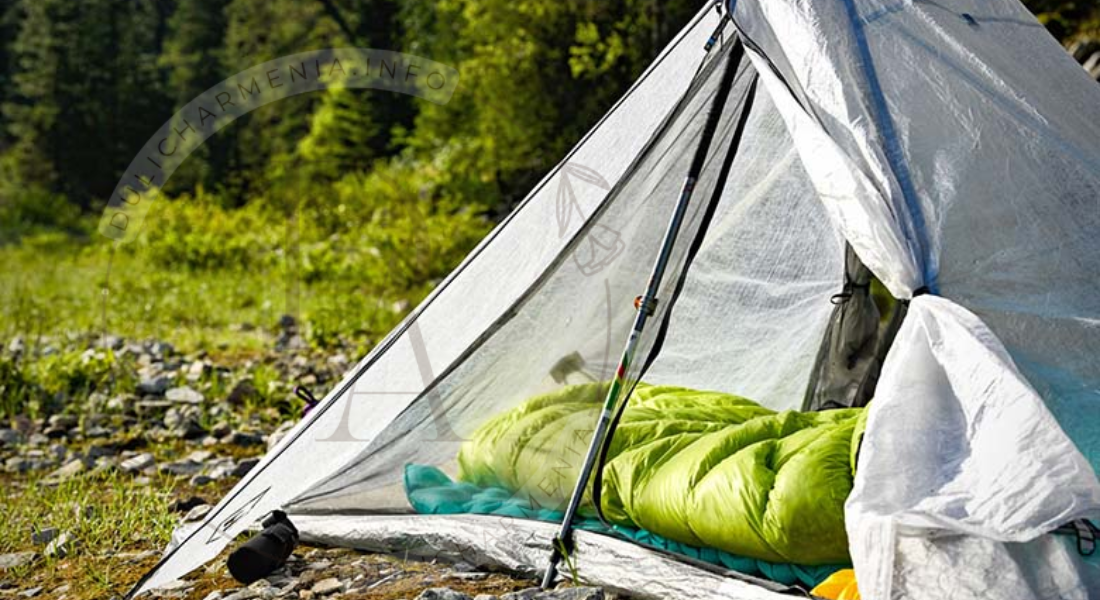
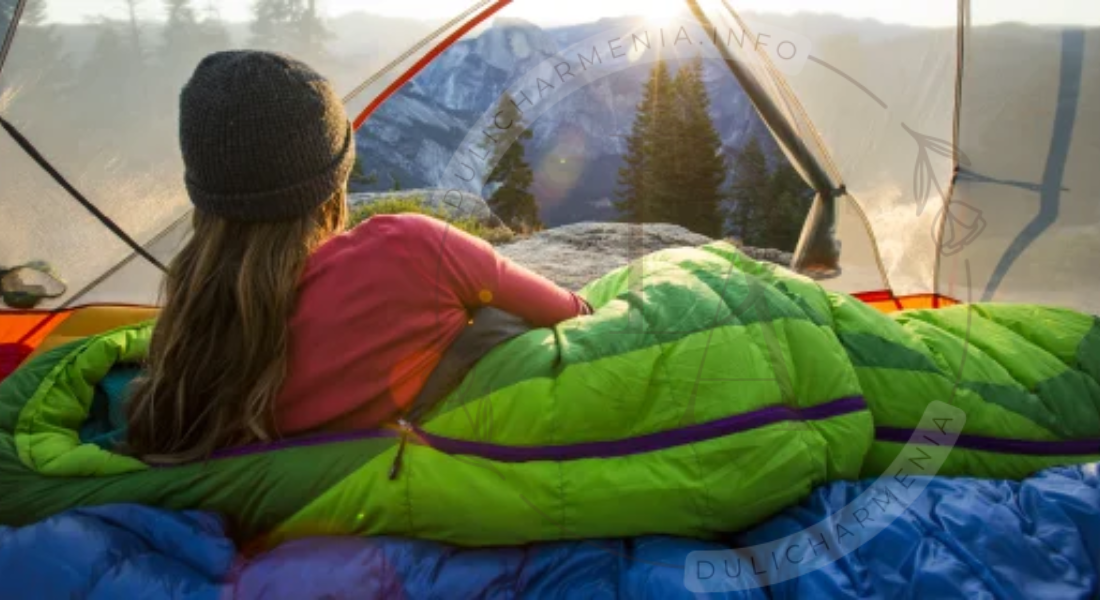
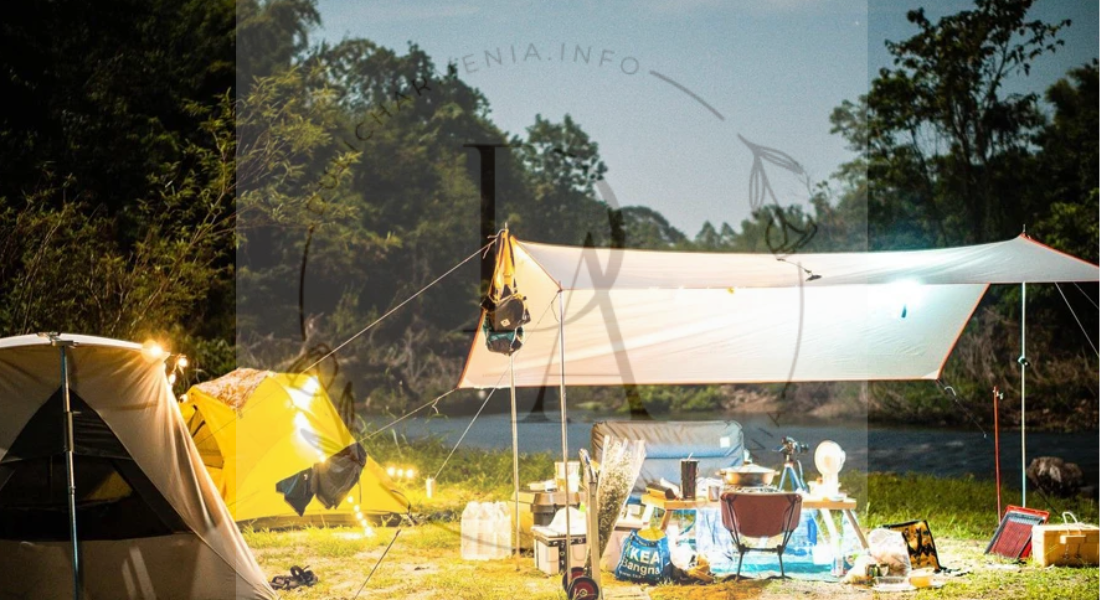
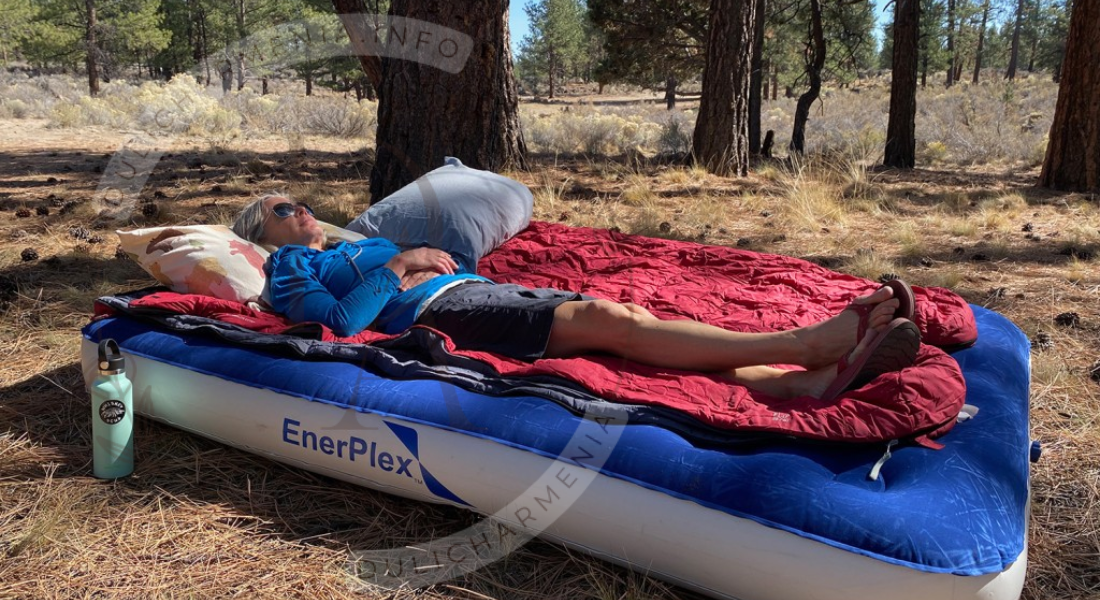
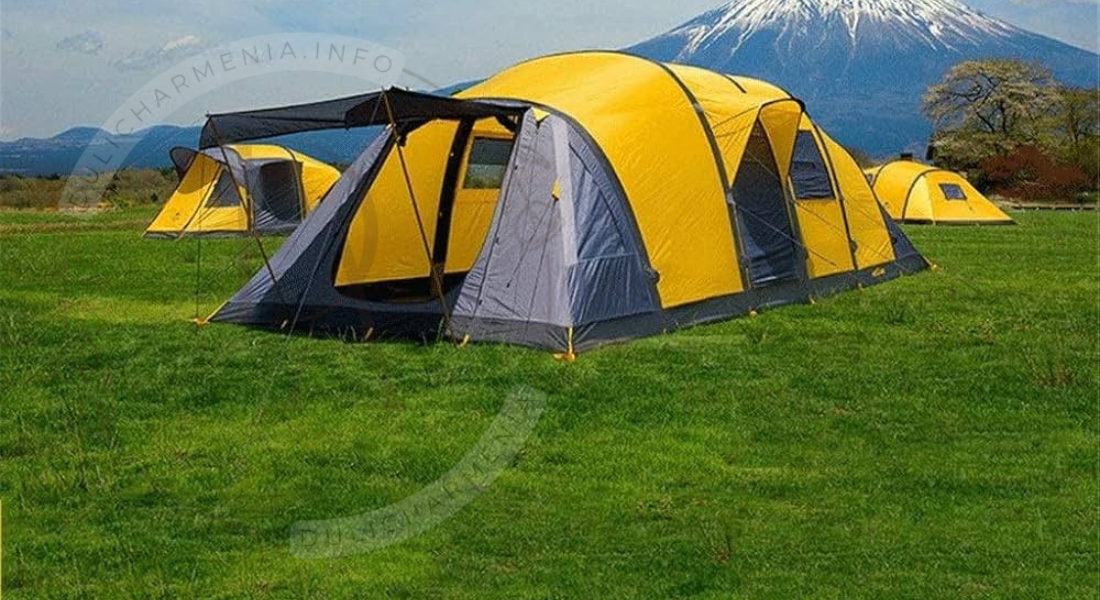










Post Comment